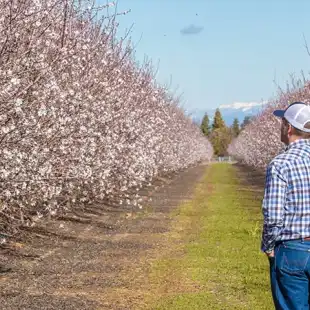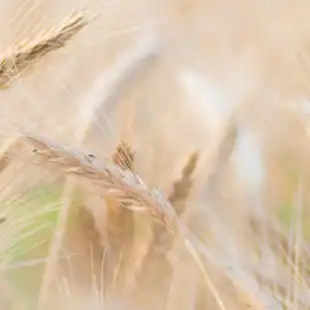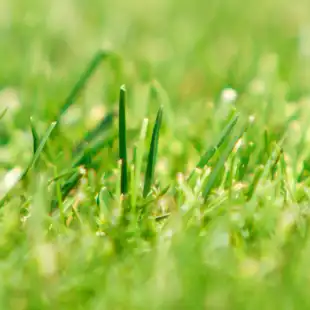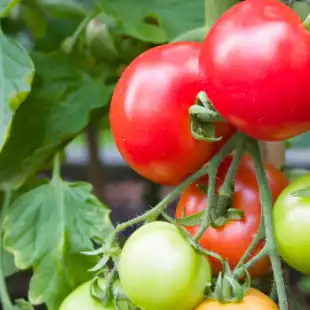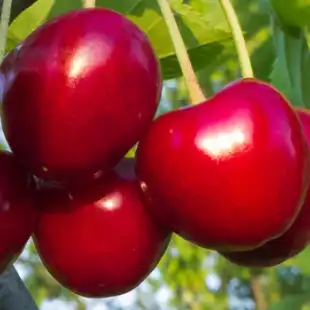
Climate is changing and farmers have to spray less due to economic and legislative reasons. Some diseases are difficult to control and the timing of fungicide application is crucial in keeping them under control.
At Pessl Instruments, we developed disease model algorithms based on environmental parameters collected from growers’ cloud-connected weather stations linked to the biology and the life cycle of over 80 different diseases to predict their development and progression in more than 45 different crops.
How do they work?
All the disease models are based on the latest research work from different scientists and measured with highly accurate sensors. METOS® weather stations, equipped with sensors for rain, relative humidity, leaf wetness, solar radiation, soil parameters and temperature, connected to our disease model subscription, determine risky periods for an infection in the field on an hourly basis. With this information, fungicide applications can be optimally timed.
Cherry disease models
The most important disease in cherries is brown rot, caused by the fungal pathogen Monilia laxa. Another important disease, also occurring by high moisture conditions is the disease shot hole, caused by the fungal pathogen Wilsonmyces carpophilu and the disease of cherry leaf spot, caused by Blumeriella jaapii.
- RAIN ACCUMULATION
- STONE FRUIT SCAB MODEL – Cladosporium carpophilum
- SHOT HOLE – Wilsonmyces carpophilu
- POWDERY MILDEW – Sphaerotheca pannosa
- LEAF SPOT DISEASE – Blumeriella jaapii
- TAPHRINA LEAF CURL – Taphrina deformans
- BROWN ROT – Monilia spp.
- WESTERN FLOWER THRIPS
- BACTERIAL CANKER – Pseudomonas syringae
- CHILLING PORTIONS
